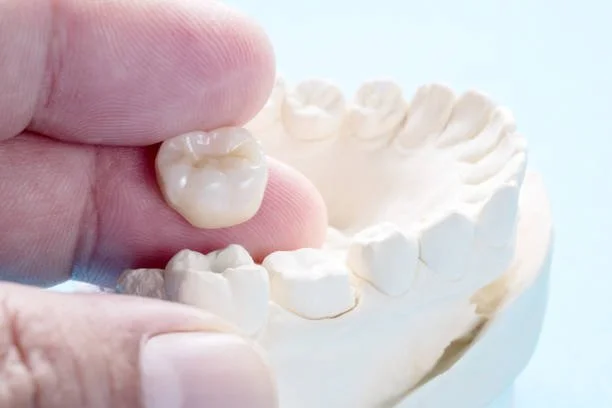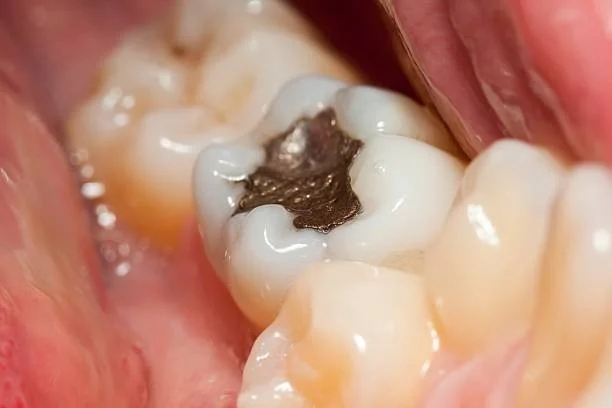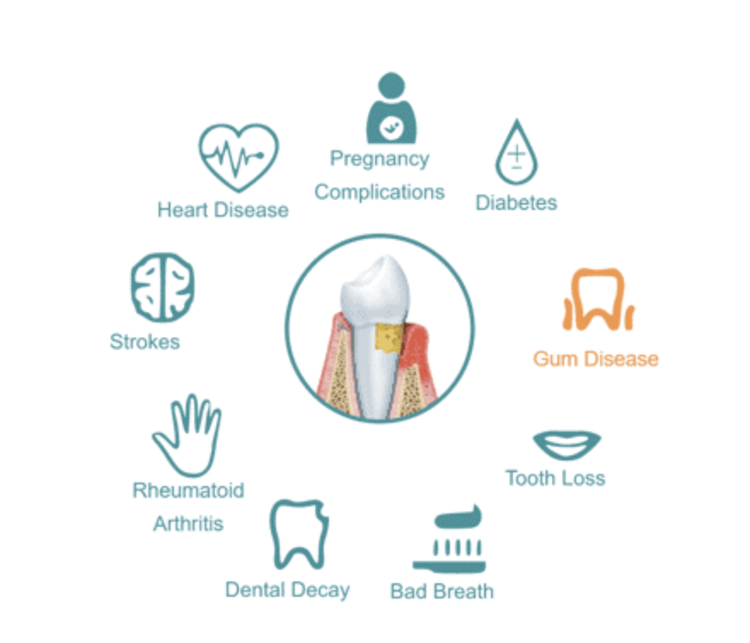
General Dentistry
-
![]()
-
![]()
Inlays/Onlays
For more extensive cavities or chips where a greater portion of the tooth is missing, we may opt for a stronger material. In such cases, we frequently employ inlays or onlays, which act as protective "puzzle pieces" for the tooth. These pieces are securely bonded in place, offering a less invasive alternative to a crown while ensuring the tooth's repair and preservation.
-
![]()
Crowns
In situations where teeth are excessively damaged or fragile to be restored solely with a filling, an inlay, or an onlay, a crown may be considered as an alternative option. The choice of material for the crown depends on the specific needs of the tooth. Various materials can be utilized. After preparing the tooth, the crown is usually created on-site and then securely attached using dental cement.
-
![]()
Safe Amalgram Removal
In the past, dentists commonly used amalgam, a mixture of metals including mercury, for tooth fillings. However, concerns have arisen regarding the potential health risks associated with amalgam fillings. Patients with amalgam fillings have reported various health problems, ranging from headaches and digestive issues to anxiety, cancer, and kidney disease, often linked to mercury poisoning caused by vapors emitted from the fillings. As a result, many individuals are now seeking to replace their old silver fillings. To ensure safety during the removal of amalgam fillings, dentists often choose to cut the filling into small pieces rather than removing it as a single unit. Although this approach may require more effort, it significantly reduces the need for drilling. By minimizing drilling, the amount of mercury vapors generated during the removal process is greatly reduced. This precautionary measure aims to mitigate the potential exposure to mercury and enhance the overall safety of the procedure. goes here
-
![]()
Teeth Cleaning
The dentist will conduct a comprehensive assessment of your gums to evaluate their health and determine the appropriate type of cleaning you require. These evaluations involve measurements to assess the extent of gum health. It's worth noting that periodontal disease is often painless, and patients may be unaware of any significant bone loss until it has reached an advanced stage. To gain further insight, a baseline analysis may be performed, which can include a DNA analysis to identify specific strains of bacteria present in your mouth. This analysis helps in tailoring a personalized treatment plan that addresses your unique oral health needs. The treatment plan will be thoroughly explained to you before it is carried out, ensuring that you have a clear understanding of the procedures involved. It is essential to prioritize preventive measures in maintaining good oral health. Regular check-ups and cleanings, along with effective oral hygiene practices at home, play a vital role in preventing oral diseases and maintaining a healthy smile.
-
![]()
Probing
A periodontal probe is a specialized instrument used to measure the depth of the gum tissue surrounding the teeth. The markings on the probe indicate the depth in millimeters to which the instrument can penetrate the tissues. In healthy gums, the measurements typically range from 1 to 3mm. However, if the tissues exhibit bleeding and measure 4mm or deeper, it indicates the presence of gingivitis, an early stage of gum disease. Measurements of 5mm and above suggest bone loss and indicate the need for treatment to prevent further damage. In our practice, we utilize the LANAP (Laser-Assisted New Attachment Procedure) laser to treat moderate to advanced gum disease. LANAP is a minimally invasive and advanced technique that utilizes laser technology to target and remove diseased gum tissue, disinfect the area, and stimulate the regrowth of healthy gum tissue. By effectively treating gum disease, we aim to prevent complications such as loose teeth, persistent bad breath, and ultimately tooth loss. It is crucial to address gum disease promptly to prevent its progression and preserve oral health. Regular dental check-ups, diligent oral hygiene practices, and seeking appropriate treatment when necessary are vital in maintaining healthy gums and preventing the adverse consequences associated with untreated periodontal disease.
-
![]()
DNA Analysis
Are you aware that it is possible to conduct tests to identify the specific bacterial strains present in your mouth? In our practice, we commonly collect a small saliva sample from our patients, which we then send to a specialized laboratory for thorough and precise testing. Subsequently, our office receives a comprehensive report detailing the specific bacterial strains found in the sample. This valuable information allows us to develop a highly customized treatment plan that is tailored to effectively address the specific bacteria present in your mouth. By utilizing this testing method, we can better understand the unique composition of bacteria in your mouth and formulate the most suitable treatment approach to optimize your oral health.







